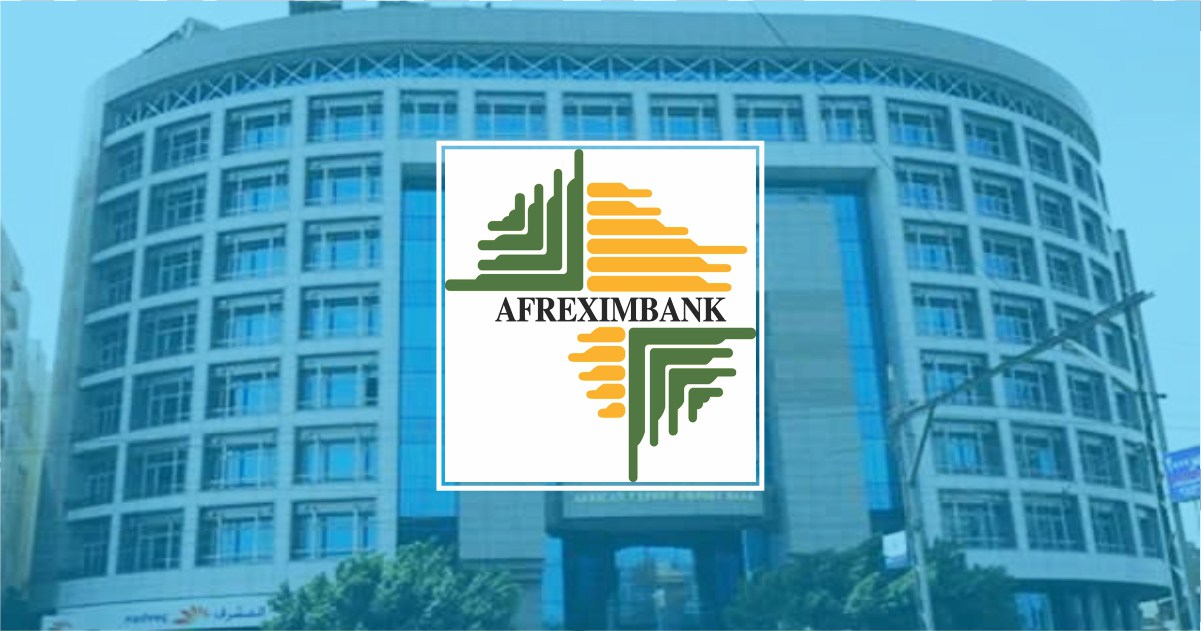Afreximbank’s African Commodity Index declines moderately in Q3-2020

Cairo, 18 November 2020: – African Export-Import Bank (Afreximbank) has released the Afreximbank African Commodity Index (AACI) for Q3-2020. The AACI is a trade-weighted index designed to track the price performance of 13 different commodities of interest to Africa and the Bank on a quarterly basis. In its Q3-2020 reading, the composite index fell marginally by 1% quarter-on-quarter (q/q), mainly on account of a pull-back in the energy sub-index. In comparison, the agricultural commodities sub-index rose to become the top performer in the quarter, outstripping gains in base and precious metals.
The recurrence of adverse commodity terms of trade shocks has been the bane of African economies, and in tracking the movements in commodity prices the AACI highlights areas requiring pre-emptive measures by the Bank, its key stakeholders and policymakers in its member countries, as well as global institutions interested in the African market, to effectively mitigate risks associated with commodity price volatility.
An overview of the AACI for Q3-2020 indicates that on a quarterly basis
The energy sub-index fell by 8% due largely to a sharp drop in oil prices as Chinese demand waned and Saudi Arabia cut its pricing;
The agricultural commodities sub-index rose 13% due in part to suboptimal weather conditions in major producing countries. But within that index
o Sugar prices gained on expectations of firm import demand from China and fears that Thailand's crop could shrink in 2021 following a drought;
o Cocoa futures enjoyed a pre-election premium in Ghana and Côte d'Ivoire, despite the looming risk of bumper harvests in the 2020/21 season and the decline in the price of cocoa butter;
o Cotton rose to its highest level since February 2020 due to the threat of storm Sally on the US cotton harvest, coupled with poor field conditions in the US;
o Coffee rose 10% as La Nina weather conditions in Vietnam, the world’s largest producer of Robusta coffee, raised the possibility of a shortage in exports.
Base metals sub-index rose 9% due to several factors including ongoing supply concerns for copper in Chile and Peru and strong demand in China, especially as the State Grid boosted spending to improve the power network;
Precious metals sub-index, the best performer year-to-date, rose 7% in the quarter as the demand for haven bullion continued in the face of persistent economic challenges triggered by COVID-19 and heightening geopolitical tensions. In addition, Gold enjoyed record inflows into gold-backed exchange traded funds (ETFs) which offset major weaknesses in jewellery demand.
Regarding the outlook for commodity prices, the AACI highlights the generally conservative market sentiment with consensus forecasts predicting prices to stay within a tight range in the near term with the exception of Crude oil, Coffee, Crude Palm Oil, Cobalt and Sugar.
Dr Hippolyte Fofack, Chief Economist at Afreximbank, said:
“Commodity prices in Q3-2020 have largely been impacted by COVID-19. The pandemic has exposed global demand shifts that have seen the oil industry incur backlogs and agricultural commodity prices dwindle in the first half of the year. The outlook for 2021 is positive however conservative the markets still are. We hope to see an increase in global demand within Q1 and Q2 - 2021 buoyed by the relaxation of most COVID-19 disruptions and restrictions.’’

